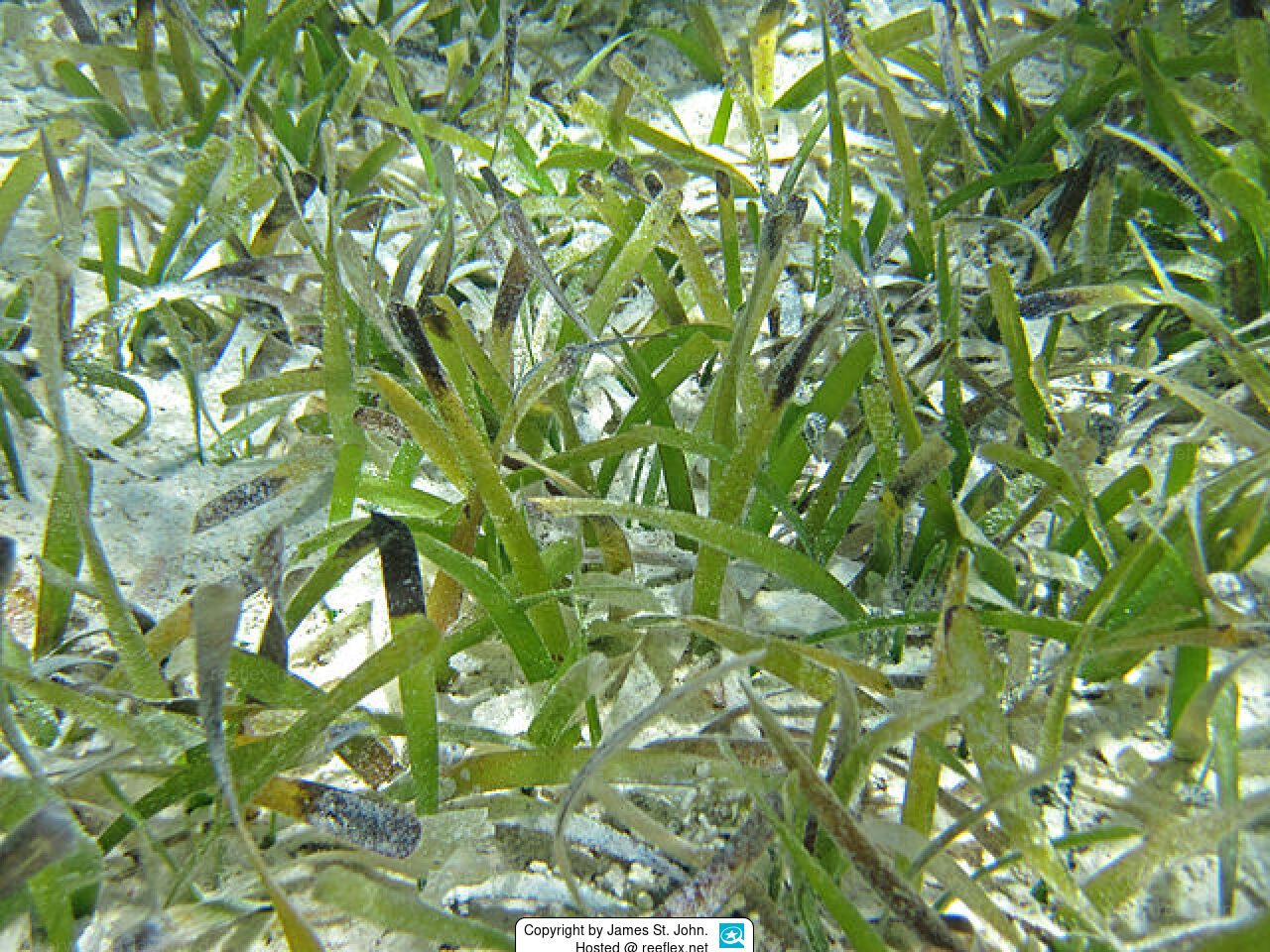Info
Thalassia testudinum is found in coral reefs, sand, mud, rocks, and rubble bottoms at depths between 0 to 10 meters.
The Seegras is food for turtles and manatee,
nursery for juvenile species and producer of
Oxygen.
Classification: Biota > Plantae (Kingdom) > Tracheophyta (Phylum) > Alismatales (Order) > Hydrocharitaceae (Family) > Thalassia (Genus)







 James St. John, USA
James St. John, USA




